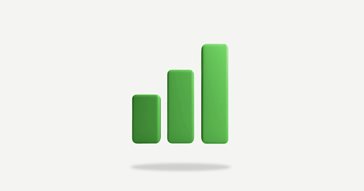Market and economic update
Share markets recovered well during July and early August, only to unfortunately fall away again in late August and into September. Initially markets were driven by investors seeking to pick up cheaper assets after the recent share market weakness. However, the gains were eroded over September as markets reacted to increasing uncertainty across global economies. Higher than expected inflation, large increases in interest rates and the negative impact of the war in Ukraine on energy prices and economic growth have all been key factors impacting performance. The weakness in September is a timely reminder that in the short-term markets can be very volatile. However, over the longer term this volatility is generally smoothed out and these periods of uncertainty often provide excellent opportunities to acquire great investments at cheaper prices. This is exactly why it is important to take a long-term view of investing.
The inflationary effects following the pandemic and the Russian-Ukraine war have contributed strongly to the current uncertain global backdrop. This calendar year has also been characterised by aggressive rate increases by many major central banks. In the United States, inflation and the raising of interest rates by the US Federal Reserve, has seen a deterioration in the growth outlook. Meanwhile, the UK and Europe are both in the midst of an energy crisis, due to the uncertainty surrounding gas supplies. In the UK, in an effort to revive the economy, surprise tax cuts were announced which were received poorly by financial markets. There were concerns that the cuts would add to inflationary pressures and as a result, UK government bonds and the currency market were severely impacted. The British pound plunged to 35 year lows against the US dollar, prompting the UK’s central bank to intervene in an effort to prop up bond and currency markets. The outlook for both the UK and European economies looks poor heading into a Northern Hemisphere winter and coming at a time when energy supplies remain highly uncertain. Both economies are expected to enter recession in the coming quarters.
Australia’s economic position looks somewhat better than many other developed economies. The latest economic data* shows Australia’s annual GDP growth rate at 3.9%, the highest year on year growth in a decade. We would expect this to slow down as our central bank, the Reserve Bank, continues to raise rates. Australia is relatively self-sufficient in terms of energy production, and our ability to export energy and commodities continues to benefit us. We are more insulated from, but not immune to, the global slowdown.







